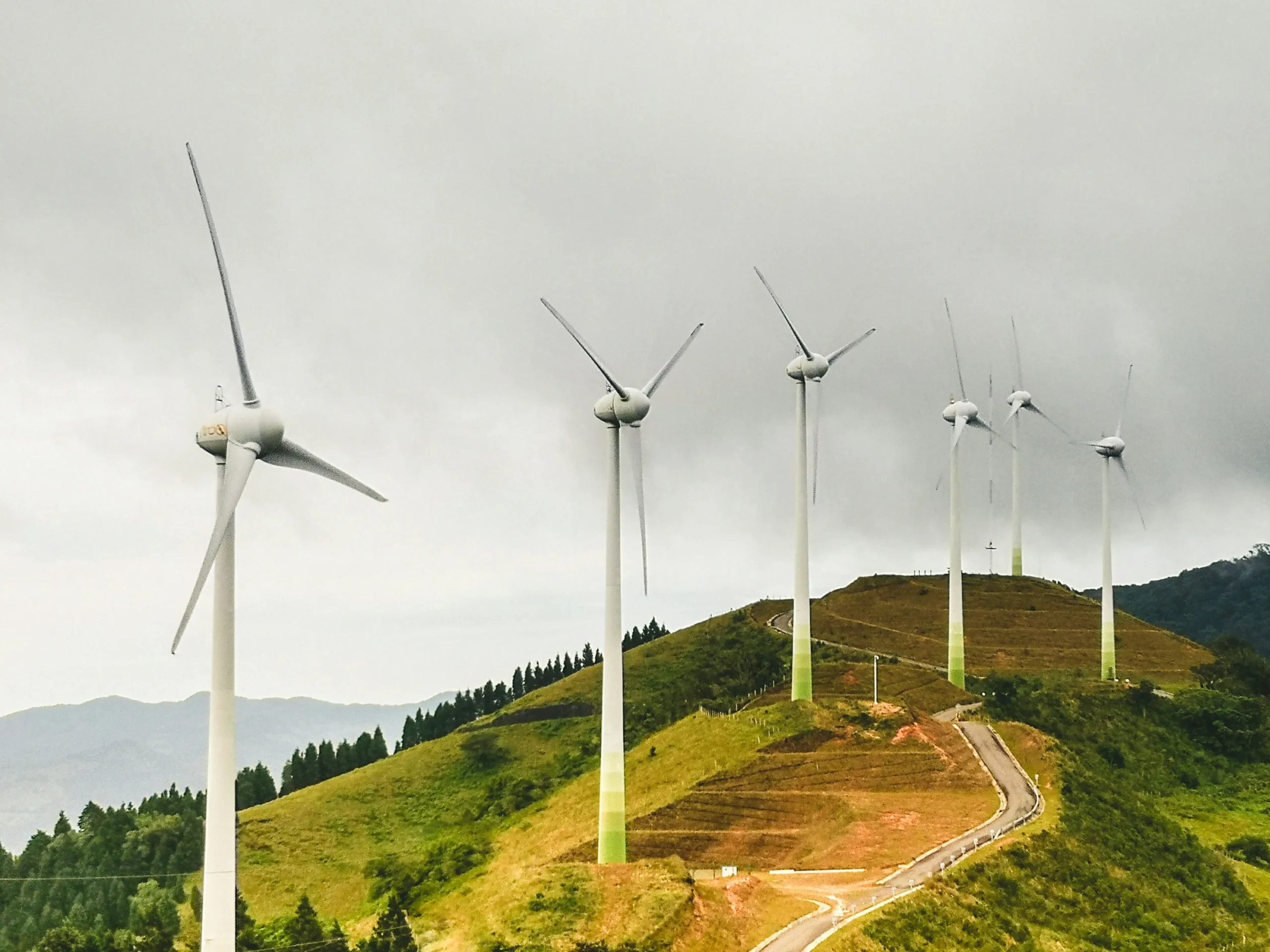Global Warming Causes and Solutions: Charting a Sustainable Future in 2025
In 2023, Earth experienced its hottest year on record, with global temperatures soaring 1.4°C above pre-industrial levels. Fast-forward to 2025, and the stakes are higher than ever: climate-driven disasters now cost the global economy over $1.5 trillion annually, while 35% of Fortune 500 companies face existential risks tied to carbon emissions. Yet amid this crisis lies unprecedented opportunity. Entrepreneurs and innovators are rewriting the playbook on global warming causes and solutions, blending cutting-edge technology with bold policy shifts to create a roadmap for survival—and profit. This article explores the latest science behind climate change, unveils actionable strategies to counter its impacts, and highlights how businesses are turning sustainability into competitive advantage. Ready to lead the charge?
Understanding Global Warming Causes: A 2025 Perspective
At its core, global warming stems from a cocktail of human activities amplifying Earth’s natural greenhouse effect. Fossil fuels remain the primary culprit, accounting for 79% of global energy use in 2024 despite renewable growth. Methane emissions—30x more potent than CO₂—are surging due to leaks in oil/gas infrastructure and industrial agriculture. Meanwhile, deforestation continues at a rate of 10 million hectares per year, stripping Earth of vital carbon sinks.
Emerging 2025 insights reveal less-discussed contributors. For example, “black carbon” from inefficient cookstoves and diesel engines traps 1,500x more heat than CO₂ per gram. Even the tech sector plays a role: training a single AI model can emit 284 tons of CO₂—equal to five cars’ lifetime emissions. The IPCC’s 2024 Synthesis Report warns these intersecting factors could push us past 2°C by 2040 without immediate action.
Proven Solutions to Global Warming: 2025’s Game Changers
The good news? Solutions exist at scale. Renewable energy adoption is skyrocketing—solar capacity alone grew 35% YoY in 2024. Offshore wind farms now power entire cities; Denmark’s “energy islands” will supply 10 GW by 2030. Carbon capture tech is maturing rapidly: startups like Climeworks now remove CO₂ for $100/ton, down from $600 in 2020. Even heavy industries are pivoting: green steel made with hydrogen emits 95% less CO₂.
Policy innovations are accelerating progress. Over 75 countries now price carbon, with the EU’s border tax penalizing high-emission imports. Corporate giants like Apple and Microsoft have achieved carbon negativity by investing in reforestation and DAC (direct air capture). A 2024 IRENA study shows combining existing solutions could cut emissions 70% by 2035—if deployed aggressively.

Tech Innovations Redefining Climate Action in 2025
Artificial intelligence is revolutionizing climate efforts. Startups like ClimateAi use machine learning to predict crop failures, while Google’s “Flood Hub” warns 460 million people of disasters. Blockchain tracks supply chains in real time: IBM’s Food Trust slashed Walmart’s carbon footprint by 15% via transparency. Even construction is going green—3D-printed buildings using CO₂-absorbing concrete are now mainstream.
Breakthrough energy storage solutions are solving renewables’ intermittency. Form Energy’s iron-air batteries provide 100-hour storage at 1/10th lithium’s cost. Fusion energy hit a milestone in 2024 with Helion Energy’s 50MW prototype—enough to power 40,000 homes. These innovations aren’t sci-fi; they’re commercializing now. As Tesla Energy’s 2024 report notes: “The clean tech ROI era has arrived.”
Business Risks and Opportunities in a Warming World
Climate change isn’t just an environmental issue—it’s a trillion-dollar market shift. The Task Force on Climate Disclosures found that $2.3 trillion of assets face climate risks by 2025. Yet companies embracing global warming solutions reap rewards: the green tech market will hit $1.9 trillion in 2025. Patagonia’s regenerative agriculture line saw 200% growth, while Ørsted’s pivot to offshore wind made it Europe’s most valuable energy firm.
Smart firms are future-proofing through circular models. H&M’s “Looop” system recycles garments in-store, reducing water use by 70%. Unilever’s “Climate Transition Action Plan” ties executive pay to emission cuts—a model 30% of S&P 500 firms now emulate. As BlackRock CEO Larry Fink stated: “Sustainability isn’t woke—it’s capitalism’s next phase.”
2025 Trends Shaping the Climate Solutions Landscape
Three trends dominate 2025’s climate agenda. First, blue carbon projects: restoring mangroves and seagrasses that sequester 4x more CO₂ than forests. Australia’s 2024 Reef Credits program paid farmers $23 million to protect coastal ecosystems. Second, green hydrogen—Japan plans to import 300,000 tons annually by 2030. Third, the rise of “climate fintech”: apps like Tomorrow track personal carbon footprints, while startups like Atmos Financial offer carbon-negative banking.
The circular economy is exploding. IKEA’s “Buy Back” program resold 12 million used products in 2024. Amsterdam-based Fairphone modular smartphones last 5x longer than average. As the Ellen MacArthur Foundation notes: “Waste is design’s greatest failure—and opportunity.”
Tools to Accelerate Your Climate Strategy in 2025
Ready to act? Start with carbon accounting tools like Watershed or Persefoni, which map emissions across Scopes 1-3. The SME Climate Hub offers free decarbonization plans, while platforms like Terrapass offset unavoidable emissions via verified projects. Investors flock to Climatescape for vetted climate startups, and certifications like B Corp or Carbon Neutral seal consumer trust.
Governments are stepping up support: the U.S. Inflation Reduction Act offers 30% tax credits for solar installations, while the EU’s Carbon Border Tax reshapes global trade. Collaborate via initiatives like Climate Pledge (400+ firms aiming for net-zero by 2040). As Microsoft’s 2025 playbook advises: “Digitize, decarbonize, democratize—in that order.”
Conclusion: Your Role in the 2025 Climate Turning Point
Global warming causes and solutions are no longer abstract concepts—they’re boardroom priorities and innovation catalysts. From AI-driven conservation to profit-positive circular models, 2025 offers tools to build resilient businesses while healing the planet. The question isn’t whether we can afford to act, but whether we can afford not to. As Patagonia’s founder Yvon Chouinard says: “Every crisis is a bad opportunity wasted.” Share your climate wins, invest in tomorrow’s solutions, and let’s make 2025 the year humanity flipped the script. What’s your first move?










